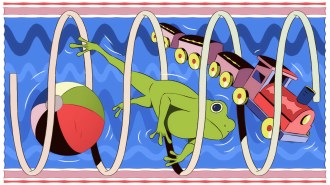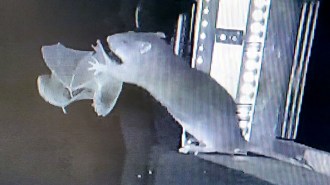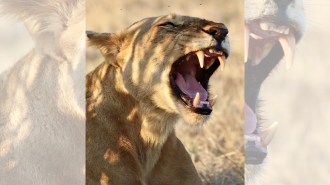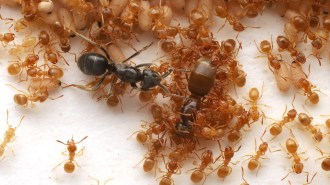
Animals
Science taught us a few new tricks about our pets in 2025
Are we reading our dog’s moods right? Does TV really comfort them when we’re away? These pet stories were catnip to us this year.
By Carly Kay
Every print subscription comes with full digital access

Are we reading our dog’s moods right? Does TV really comfort them when we’re away? These pet stories were catnip to us this year.
We summarize the week's scientific breakthroughs every Thursday.

It’s possible to defy gravity using sound waves, magnets or electricity, but today’s methods can’t hoist heavy items high in the sky.

As action from the U.N.’s huge COP30 international meeting falls short, smaller groups are banding together to find ways to fight climate change.

The grisly infrared camera footage records a never-before-seen hunting tactic. It may have implications for bat conservation.

A machine learning analysis of wild lion audio reveals they have two roar types, not one. This insight might help detect where lions are declining.

Polar marine ecologist Marianne Falardeau investigates how Arctic ecosystems are shifting under climate change.

Video from the Haíɫzaqv Nation Indigenous community shows a wolf hauling a crab trap ashore. Scientists are split on whether it counts as tool use.

Newly mated parasitic queen ants invade colonies and spray their victims with a chemical irritant that provokes the workers to kill their mother.

A child-friendly brain imaging technique is just one way neuroscientist Cat Camacho investigates how children learn to process emotions.

No, aliens had nothing to do with a winding 1.5-kilometer-long path of holes. First used as a market, the Inca then repurposed it for tax collection.
Subscribers, enter your e-mail address for full access to the Science News archives and digital editions.
Not a subscriber?
Become one now.